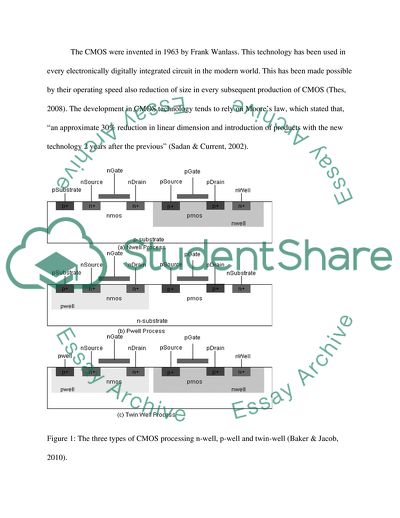Cite this document
(The Different Modes of Fabrication in CMOS Essay Example | Topics and Well Written Essays - 1250 words - 1, n.d.)
The Different Modes of Fabrication in CMOS Essay Example | Topics and Well Written Essays - 1250 words - 1. https://studentshare.org/engineering-and-construction/1758950-vlsi-technology-and-reliability
The Different Modes of Fabrication in CMOS Essay Example | Topics and Well Written Essays - 1250 words - 1. https://studentshare.org/engineering-and-construction/1758950-vlsi-technology-and-reliability
(The Different Modes of Fabrication in CMOS Essay Example | Topics and Well Written Essays - 1250 Words - 1)
The Different Modes of Fabrication in CMOS Essay Example | Topics and Well Written Essays - 1250 Words - 1. https://studentshare.org/engineering-and-construction/1758950-vlsi-technology-and-reliability.
The Different Modes of Fabrication in CMOS Essay Example | Topics and Well Written Essays - 1250 Words - 1. https://studentshare.org/engineering-and-construction/1758950-vlsi-technology-and-reliability.
“The Different Modes of Fabrication in CMOS Essay Example | Topics and Well Written Essays - 1250 Words - 1”. https://studentshare.org/engineering-and-construction/1758950-vlsi-technology-and-reliability.


